How one Orange County community college district found $8M of its own money
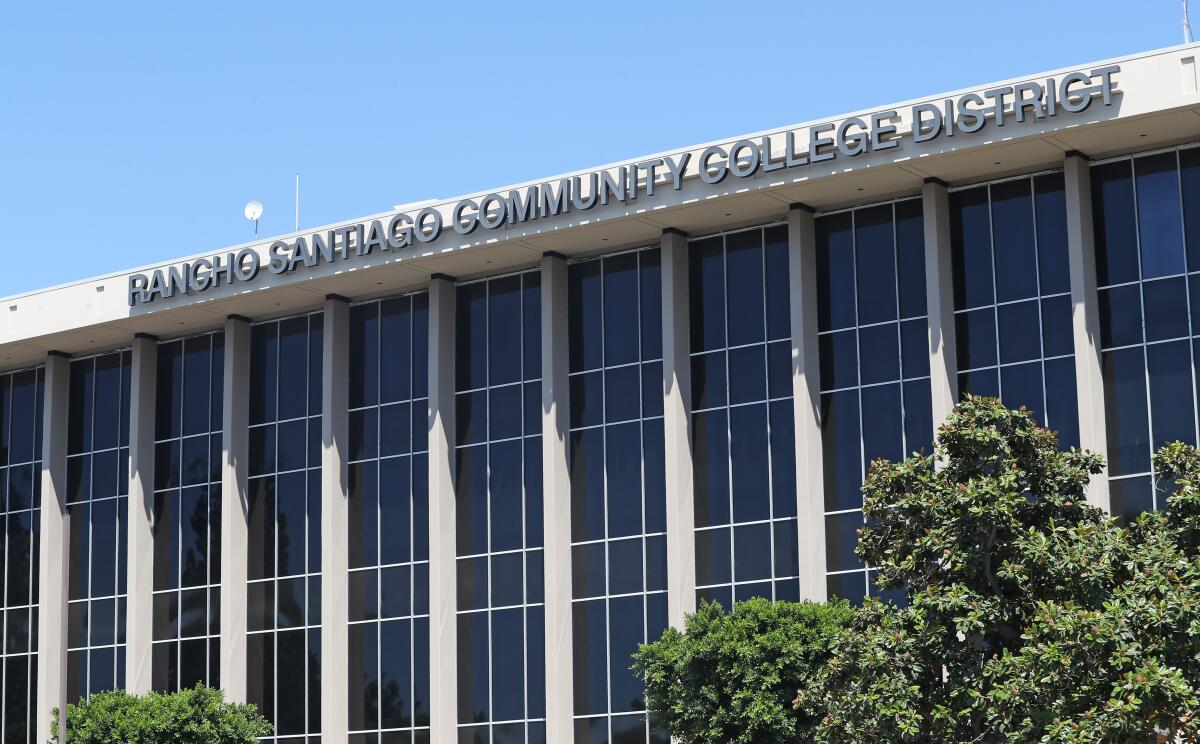
Rancho Santiago Community College District found itself this summer in a position almost too good to be true, after officials received $8 million in dividends from a third-party insurance vendor that has arranged coverage for the district since 1997.
Two checks — one for $7,167,249 and another amounting to $878,105 — were cut on June 24 by Cerritos-based vendor the Alliance of Schools for Cooperative Insurance (ASCIP). And while it seemed like a gift, the transfer of funds was hardly that.
The collective $8,045,354 represents public school money that had amassed over years, during the Orange County community college district’s participation in a self-funded risk-sharing pool that provided employee healthcare, workers’ compensation and property and liability coverage.
The smaller check came from rebates, or dividends, accrued through Rancho Santiago’s workers’ comp program. But the larger check reflected a full remittance of funds long held in a risk management deposit fund.
The rub? Most Rancho Santiago stakeholders, including the Board of Trustees, which was authorized to spend the funds at any time, had no clue such a repository of assets existed until only recently.
The ever-growing balance was never reported on the district’s budget, and a regular accounting was never provided to the Board of Trustees by the district administrators who oversaw, and made withdrawals from, the account.
It wasn’t until a group of current and former employees, following up on the status of a $1-million “rebate” promised by an ASCIP official trying to convince the district to continue its employee healthcare coverage with his organization last fall, that the truth about the fund, and its enormity, began to come to light.
This is the story of how a public school district — one that had endured post-recession layoffs and salary freezes while banked dividends multiplied off the books — came to learn through numerous public records requests and collaboration with the Daily Pilot the details of a long and murky relationship with ASCIP that has been anything but transparent.
In short, it’s about how a district found $8 million of its own money.
The great rebate debate
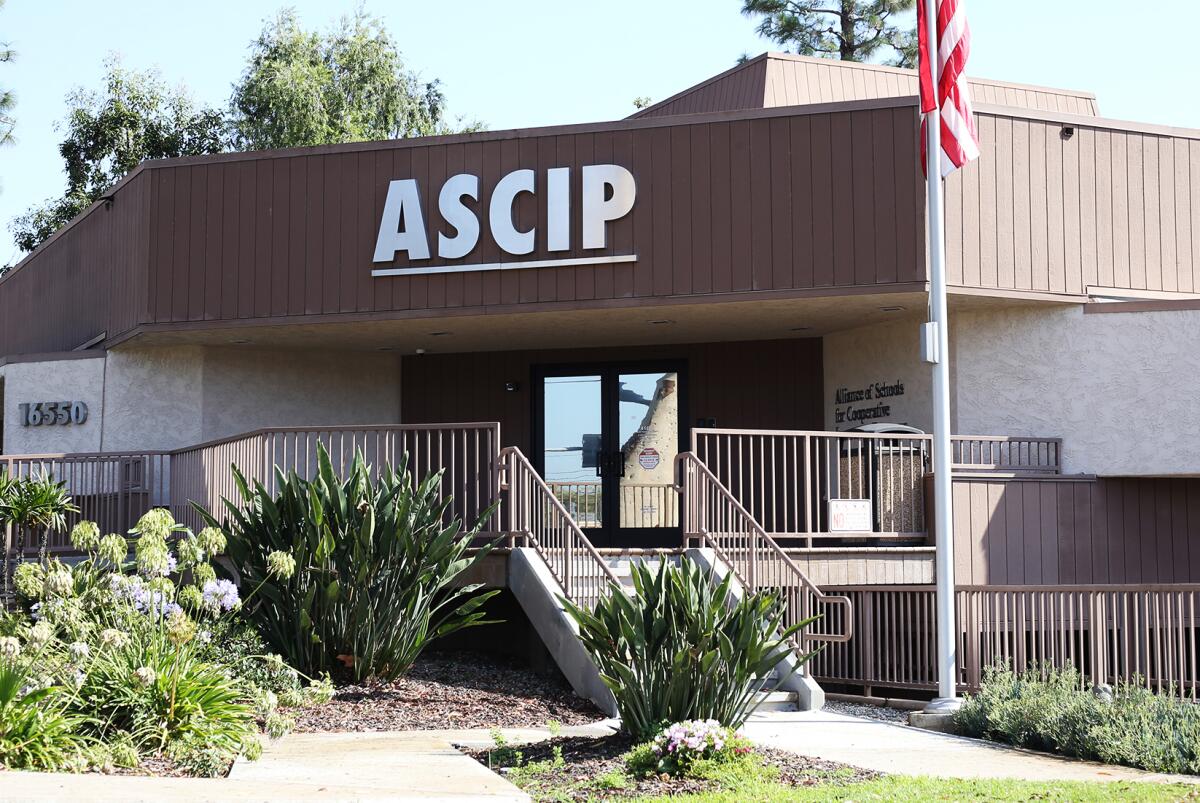
For years, members of Rancho Santiago CCD’s Joint Benefits Committee — a group of employee representatives and district officials that makes recommendations about employee health benefit coverage — had heard about the ASCIP rebates.
Whenever collective premiums, paid into the pool by scores of California school districts for various forms of coverage, exceeded the total claims, or losses, paid out over a certain period, the leftover funds were available to be returned by the nonprofit joint powers authority to member districts according to each district’s calculated share of the risk pool.
Under the program, districts can transfer dividends to their individual general funds, apply them to programs, equipment and training designed to minimize their risk of liability or use them to draw down the cost of future premiums. They can also cache them in a risk management deposit fund.
But Rancho Santiago Trustee Phil Yarbrough, who also heads the Board Fiscal/Audit Review Committee, said he was not made aware by district administrators that the rebates were being held in an account maintained by ASCIP.
“This $7 million with ASCIP was never disclosed. I never saw it,” said Yarbrough, who routinely reviews quarterly reports on the district’s accounts. “Why isn’t a cash account with ASCIP disclosed anywhere?”
Last fall, a rebate was proffered to Rancho Santiago when the district was deciding whether to keep its $30-million employee health insurance contract with ASCIP, at a 7% proposed premium hike, or switch to competitor Aetna, which would have saved the district from $670,000 to $3 million annually, depending on employee participation.
Dan Sanger, who then served as ASCIP’s executive director of health benefits, informed officials the agency would be returning some $1 million in healthcare rebates to the district.
During an Oct. 23, 2023, Rancho Santiago board meeting covered by the Daily Pilot, Sanger explained that when inflation and post-COVID demand for healthcare were driving up costs, ASCIP charged higher premiums to protect members.
“The question is, did we overcharge you? Well, yeah, because if we undercharged you we’d have to assess you in the middle of the year. So we always add a little bit of margin, just for safety,” he told trustees.
“But we do have a significant equity balance that we have built for just this purpose,” he continued, “so we can keep rates stable — that’s one of the advertised benefits of ASCIP — and so we can launch value adds that we believe will get a positive return on investment.”
Board members in attendance at that meeting decided to stay in the pool with ASCIP for one more year and revisit the matter this year. They are scheduled to take a vote on the health insurance contract during their regular meeting Monday.
But something didn’t sit right with one union president, whose questions about a single rebate from a statewide insurance risk pool started a tidal wave of interest and inquiry that would lead to a public demand for the entirety of Rancho Santiago’s rebates to be returned to the district’s coffers and its budget.

The inscrutable risk management fund
In May of this year, when the district’s Joint Benefits Committee was once more engaged in talks about whether to keep its employee health coverage through ASCIP’s risk-sharing pool, Morrie Barembaum — then president of the Faculty Assn. Rancho Santiago Community College District (FARSCCD) — was reminded of the rebate Sanger had mentioned at the October meeting.
What had happened to those promised funds?
As a member of the benefits committee, Barembaum had asked about the rebate in the months following Sanger’s declaration that it had been sent but was told twice it had not been received.
So, he emailed Iris Ingram, the district’s vice chancellor of Business Services, on May 29 and copied a handful of administrators and faculty association members, asking once more about the status of the rebate.
Through a series of emails with Ingram and other district administrators that have been reviewed by the Pilot, Barembaum said he learned $1.04 million had been deposited by ASCIP into a risk management deposit fund for which, according to Ingram, the district receives quarterly statements.
As a lead negotiator for the faculty union, Barenbaum, a Santiago Canyon College astronomy professor, had become accustomed to combing through budget documents to gain a clear picture of the district’s finances ahead of bargaining.
Yet he had never heard about the risk management fund held by ASCIP.
“They didn’t give us the $1-million rebate,” he said in an interview with the Pilot in late July. “They set it aside in a fund for the benefit of Rancho, but it didn’t actually go to Rancho. It just accumulated in a fund.”
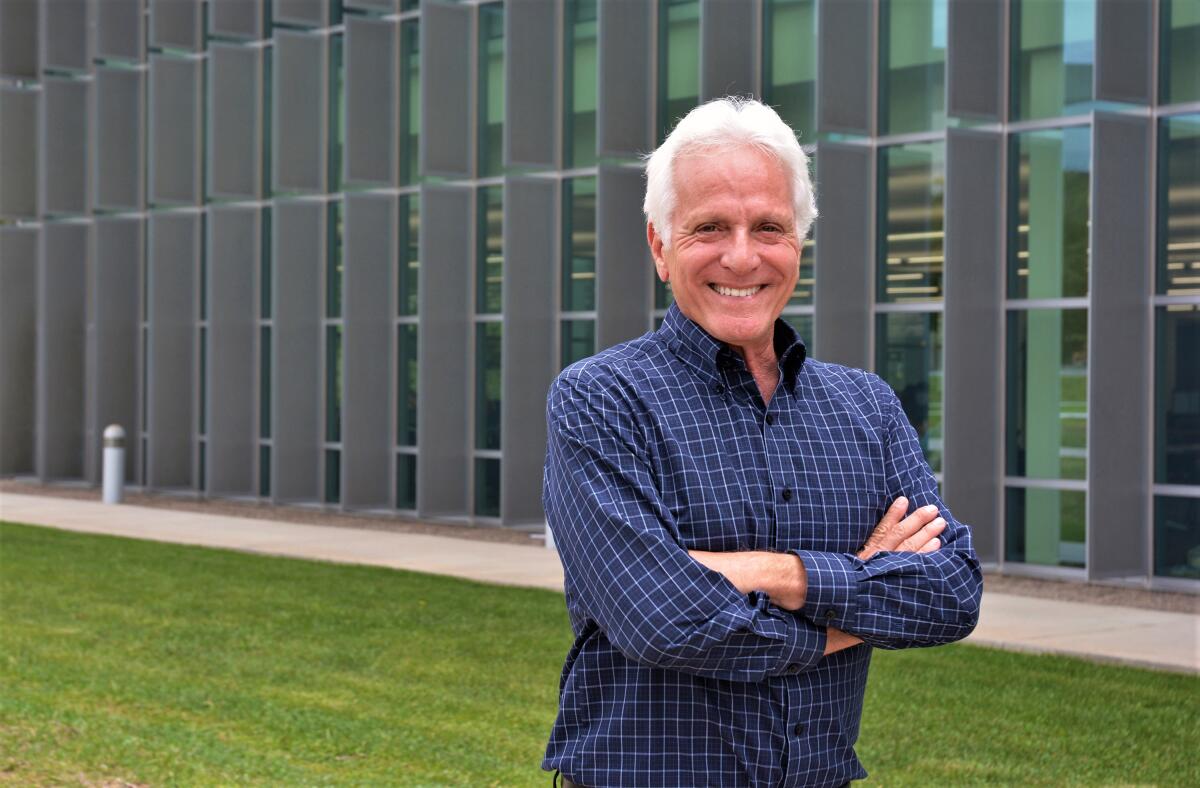
Curious to learn whether other district stakeholders knew about it, Barembaum reached out to Barry Resnick, a local resident and former faculty union president from 2012 to 2016 with a reputation for being a watchdog on a number of community and school district issues.
Resnick, it turns out, was already looking into another insurance-related matter involving the district and its ASCIP rebates and had just seen mention of a “Risk Management Deposit Fund” in a Public Records Act response from the chancellor’s office about one week before Barembaum contacted him about it.
Wanting to drill down to the truth, Resnick continued to send public records requests to the district and, on June 4, received a document revealing the $7,129,246 balance.
“I was shocked. I didn’t believe it,” Resnick recalled of the discovery. “This rebate thing I had heard for a half a dozen years, and it never made any sense to me. Pretty much from the beginning of [the time our district began] working with ASCIP, the rebates were mentioned and they were emphasized during the times we went out to bid. But Morrie was really the one to push them on where the rebates were.”
The ‘annual cry of poverty’
Learning of the existence of the $7.1 million angers Resnick who, for years, tried to bargain for pay raises and training for faculty but was forestalled by district negotiators.
“There were years I sat at the table and listened to them tell us they had no money,” he recalled of annual contract bargaining sessions with then-Vice Chancellor of Human Resources John Didion, who served as lead negotiator for the district.
“It was the district’s annual cry of poverty: ‘We don’t have any money, maybe we can give you an off salary schedule raise, maybe we’ll give a raise in the spring, but we don’t have any money for staff development.’ And they had anywhere from $1.1 million to $1.8 million sitting in that account [at the time].”
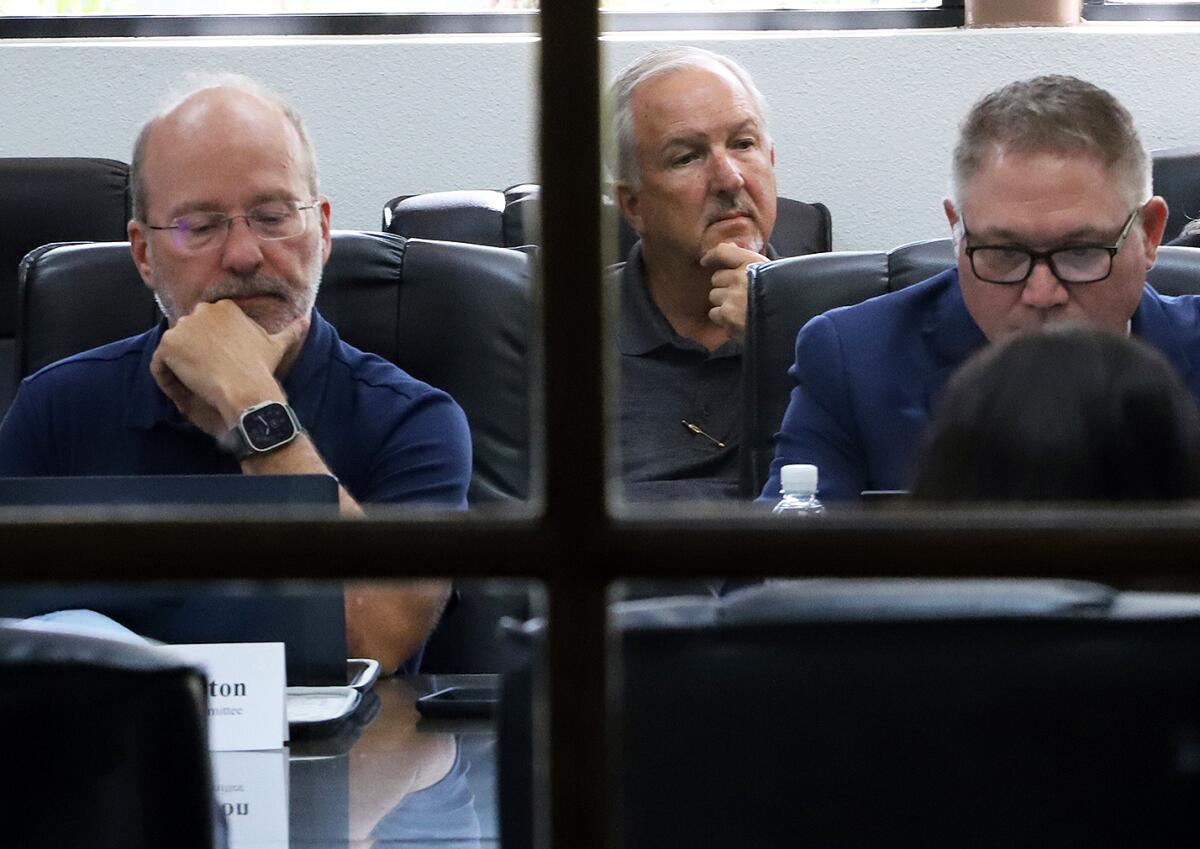
Resnick took the information he’d learned to trustee Yarbrough — a 28-year veteran board member who owns two real estate investment and management companies and is a self-described budget wonk.
For all his tenure and credentials, the risk management fund held by ASCIP was as much of a mystery to him as it had been to Resnick and Barembaum.
So, during a June 10 board meeting, the trustee demanded the money be returned to the district and accounted for in public, moving forward.
“There’s $7.1 million, it’s not a small amount of money,” Yarbrough said. “It needs to be given back to us, in my opinion as a trustee, to where it’s subject to our audits and safely put into the bank accounts we have established at the county treasurer’s office.
“This just has to go back into where the taxpayer money is supposed to go,” he continued. “I just don’t think it should be held at an insurance company.”
The day after the board meeting, seeking to learn how long the district’s risk management account had been accruing funds, Resnick sent out another records request, asking for all statements from ASCIP, from Jan. 1, 2020, through May 31, 2024, memorializing the rebates deposited into that account as well as expenditures mentioned by Ingram during the board meeting.
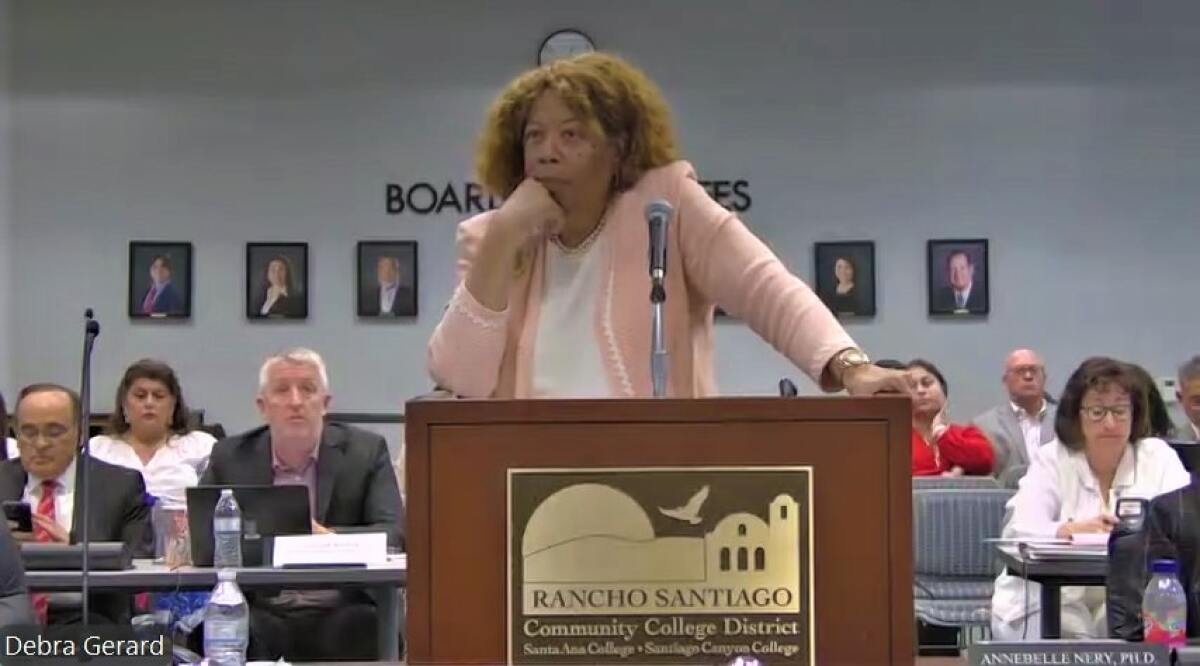
By way of a July 9 response from the chancellor’s office, reviewed by the Pilot, Resnick received a single document — dated June 12 of this year — showing rebate deposits, accrued interest and withdrawals made from the account between July 1, 2009, and June 12, 2024. No starting balance was listed, and no running totals were provided.
Nearly three weeks later, on July 29, the district returned information on various purchases made with money from the risk management fund. That document contained a list of sundry line items from 2012 to 2020 — including safety fencing, football helmets and Title IX training and videos — totaling more than $3.6 million.
Some withdrawals included a note indicating the date the Board of Trustees had approved the expense, bundled among dozens of purchase orders, while others had no note of board approval.
But the board dockets associated with each referenced approval date, examined by the Pilot, either fail to list such expenses entirely or indicate the purchases as being paid out of Fund 11, the district’s unrestricted general fund.
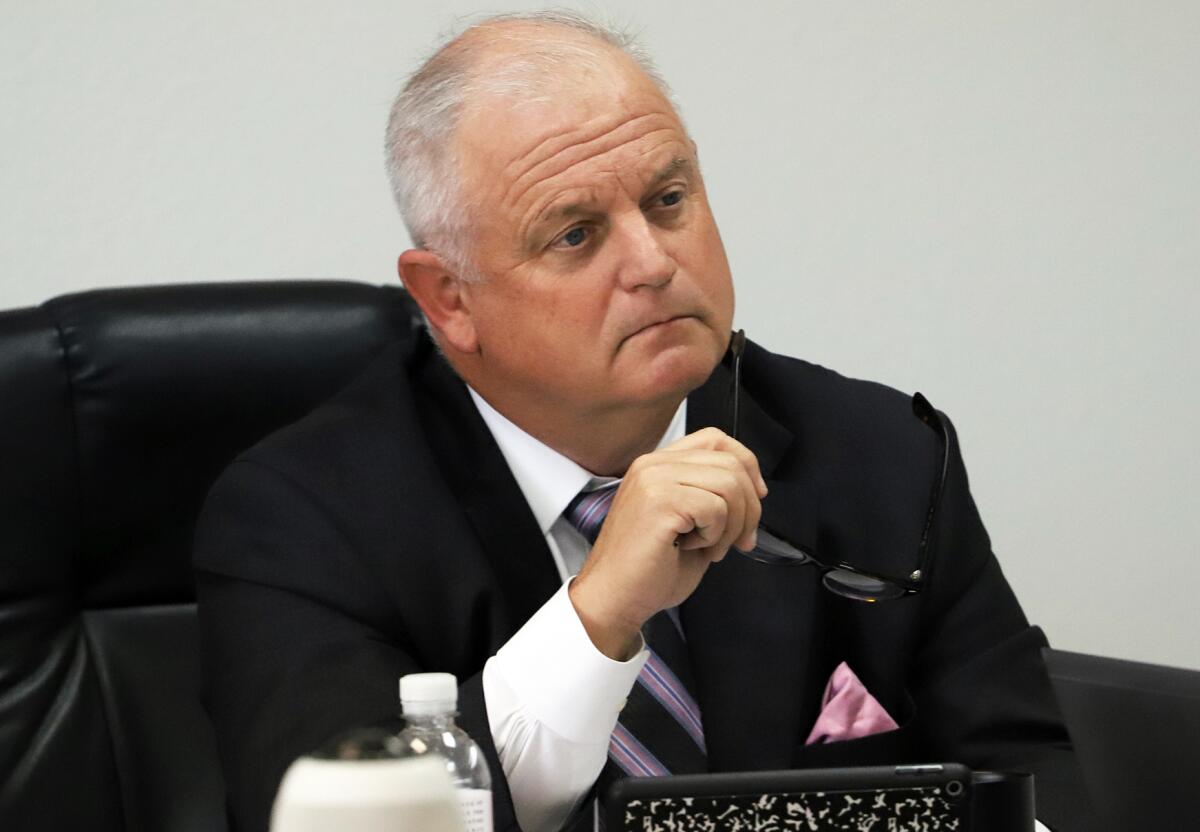
Yarbrough maintains the board only approves purchase orders paid out of two general fund accounts and one for categorical one-time dollars earmarked for specific things.
“There’s no way the board would approve expenditures that came from a fund held outside the district or the treasurer’s office — no way in hell,” he said in a follow-up conversation Wednesday.
A request for an interview with ASCIP chief executive Fritz Heirich, made through attorney Robert J. Feldhake, was declined in an Aug. 22 email from the attorney.
“Media interviews [are] not really a function which ASCIP is intended to serve or should undertake, generally or at the expense of time for its members,” Feldhake wrote in the email. “Interviews with print media are outside the purpose and function of ASCIP, the availability of staff, and not where priorities presently exist.”
Rancho Santiago Chancellor Marvin Martinez similarly declined to speak for this story about when and how he was made aware of the district’s $7.1-million risk management fund balance.
Ingram, the district’s Business Services vice chancellor, initially agreed to answer questions in a Zoom interview on Tuesday but canceled 90 minutes prior due to illness, according to an email from the district’s spokesman, and asked to reschedule for the following week, after publication of this story.
Searching for answers
The questions about ASCIP — a joint powers authority that has handled much of Rancho Santiago Community College District’s insurance policies since 1997, despite not being accredited by California Assn. of Joint Powers Authorities — come as district leaders are poised, once more, to consider renewing the district’s $30-million employee healthcare contract with ASCIP.
It’s been nearly a year since the decision was effectively tabled. And now the currently configured Joint Benefits Committee — Barembaum’s term as the faculty association president and his time on the committee ended July 31 — has recommended, in an 8-2 vote, sticking with the Cerritos-based ASCIP. But the astronomy professor has concerns about the district keeping its business with the agency.
“Had each of us not pulled a little thread in this tapestry, we wouldn’t know about any of this,” he said.
Chancellor Martinez has accepted the Joint Benefits Committee’s recommendation to renew its policy with ASCIP for another three years, though it will be up to trustees to decide. Yarbrough says whatever the vote, he still has questions and wants some answers.
He sought a review of the risk management deposit fund under the board’s audit committee but was told by Martinez the panel only had purview over Rancho Santiago’s audited funds, not those held outside the district.
“Someone is going to answer to me how this account was set up, how it was ever allowed to exist and where did the money go,” Yarbrough said. “I’m going to get to the bottom of this, and I’m not going to rest until I get my answers. And they’re going to want to give them to me because they have nothing to hide.”
All the latest on Orange County from Orange County.
Get our free TimesOC newsletter.
You may occasionally receive promotional content from the Daily Pilot.




